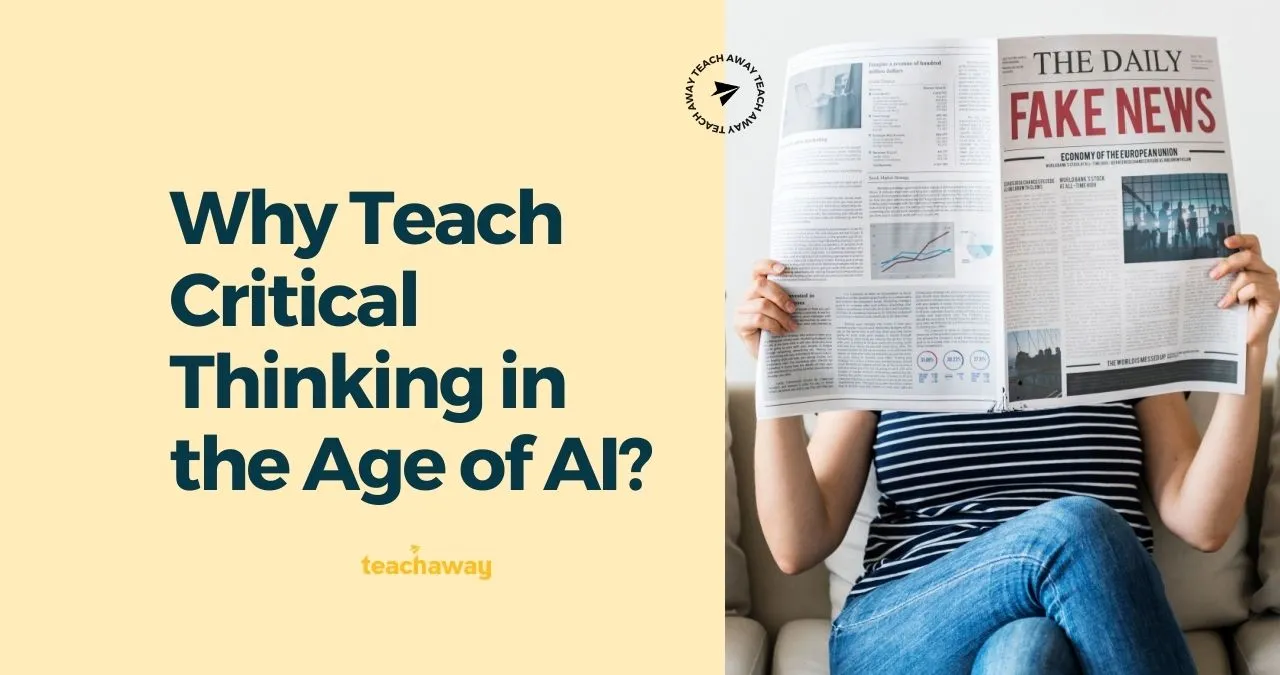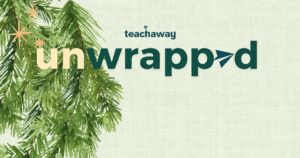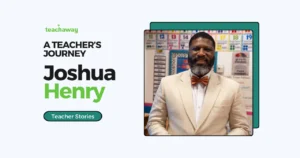What is the importance of teaching critical thinking and media literacy to children in the digital age, and how can educators effectively incorporate analysis and evaluation into their teaching methods?
We’re bombarded with images, news, ads, and posts the moment we wake up. We take to our phones, some of us throw on cable news, and no matter how we get our information we need to apply a critical eye to it. Throw AI into the mix and we’re looking at more misinformation that goes beyond your cousin’s bigoted rants on Facebook.
Now, imagine you’re a child. How would you deal with all the info being thrown at you? Chances are, you wouldn’t know how to unless you were taught critical thinking in school.
Media Literacy for Kids
The National Association for Media Literacy Education’s (NAMLE) Media Literacy Week 2023 is all about critical thinking. Each day NAMLE will focus on the core components of media literacy with analysis and evaluation front and center.
Media literacy is a key component to understanding the how, why, what, where, and who of everything tossed at us digitally in a day. As a future educator, someone who has recently graduated from university, or anyone looking to do their part to shape young minds and prepare them for the future we live in, showing children media literacy skills should be top-of-mind.
But first, why are AI tools everywhere and how will they affect digital learning going forward? And how can teachers show their students how to think critically when using all these artificial intelligence tools?
The Rise of the Machines
ChatGPT may sound harmless but if used blindly, it can do more harm to students than good. There have been cases of ChatGPT spewing misinformation. Unfortunately, there hasn’t been one case but several. Furthermore, AI tools come with inherent biases baked into them that skew, well, white. Gender and skin color biases are nothing new but when the machines are using these preconceived notions in the name of producing content, we have a problem.
This is where you come in. We’re not saying that AI is bad and we should keep it out of schools. What we are saying is that even robots need to be fact-checked through evaluation and analysis. By teaching your class about digital literacy and how to perform critical research in tandem with AI, you’re setting them up for success.
Moreover, for students with special needs, AI shouldn’t be ignored. A program like ChatGPT or other predictive text software may help them complete their assignments on time. But, even children who use these bots need to know digital literacy best practices.
Don’t worry if you’re not sure how to explain digital literacy to a group of third graders, you can become an expert with a course offered in conjunction with Teachers College of Columbia University that covers grades K-8.
Analysis as a Teaching Tool
Strict scrutiny of any digital communication whether it’s an Instagram post, an email, or an AI-generated piece of content, can lead to better classroom discussions and learning environments.
For high schoolers, middle schoolers, and even elementary schoolers, an AI program can seem like a lifesaver. Why do the work when it can be done for you? But, as we mentioned above, AI doesn’t have all the answers, in fact, it doesn’t always have the right answers. An educator can use this to their advantage by employing analysis.
Teachers can show their students how to analyze content that comes from artificial intelligence by getting them to ask questions about the content:
- Where did this content come from?
- Who is the audience?
- Is the information presented correct?
You’ll be creating an army of fact-checkers who, no matter how old they are, will be able to identify what the AI content has gotten wrong, what it’s gotten right, and the purpose of it.
Anytime you can engage your entire class in an analytical discussion or have them present their findings to their peers, you’ve got yourself an infallible teaching tool. Plus, your students get to learn about the pros and cons of AI and be mindful when using it to craft their papers or projects.
Evaluating Digital Media Practices
No matter what age your students are, they can learn to evaluate information. Think of simple math. We know that 2 + 2 = 4. There is no evaluation needed because we can count to four using our fingers. However, when it comes to math problems, students are asked to show their work. This is a form of evaluation because the students are giving a detailed numerical explanation of how they were able to get to the answer.
You can take this same principle to digital media by encouraging your students to determine how any particular piece of media came to be. Your students can ask questions to “show the work” of the media message they’re unpacking.
Allowing children to figure out if the message is credible, effective, creative, manipulative, or simply propaganda adds essential equipment to their learning arsenal. Children of all ages love to ask, “Why?” and through evaluating digital media practices in class, they’ll get answers and understand that examining the motives behind a digital message is key.
Bringing a Critical Eye to the Classroom
Critical thinking in the classroom through analysis and evaluation can be a game-changer for students. By giving your class the ability to question digital content, interpret it, evaluate it, and analyze its meaning and purpose, they can become better people.
How do you get there?
You do not need a master’s in education to bring your expertise to the classroom. Bonus if you do, but today’s educators can be subject matter experts who focus on a particular faction of what’s taught across the world. Whether you’ve just graduated with a degree in a STEM field or Creative Writing, you too can mold young minds through critical thinking and media literacy.
With an alternative teacher certification, you can put your specialized skills to good use. You can teach without a teaching degree through specialized certification and show the next generation how to navigate information through analysis and evaluation.
As an educator, no matter what your specialty is, you can ensure that your students know what information is being fed to them, where it’s coming from, how it got there, and how to unpack it.



